
Limit of a Function
So, what exactly is a limit of a function?
Imagine you've got a function f(x) and x is approaching a specific value, let's call it x0. The limit is the finite or infinite value that f(x) gets closer and closer to as x inches its way toward x0.
Keep in mind, x0 isn't just any value – it's a specific point within the function's domain and could even be infinite (∞).
But what does this all mean, really? To bring it down to earth, let's walk through a couple of practical examples.
A Practical Example
Consider the function f(x)=x+1. Its domain stretches from negative infinity (-∞) to positive infinity (+∞).
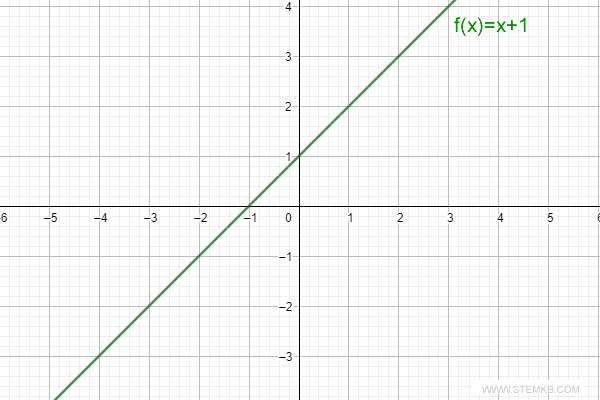
Let's pluck a point from the domain, for instance, x0=2.
What happens to f(x)=x+1 as x sneaks up on x0?
If you approach x0=2 from the right, the function f(x) approaches three f(x)→3.
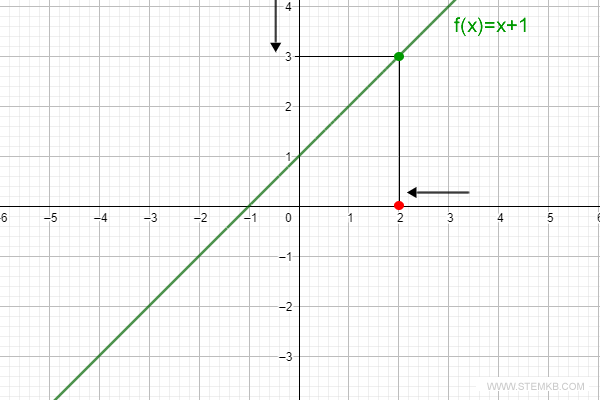
If you approach x0=2 from the left, the function f(x) also approaches three f(x)→3.
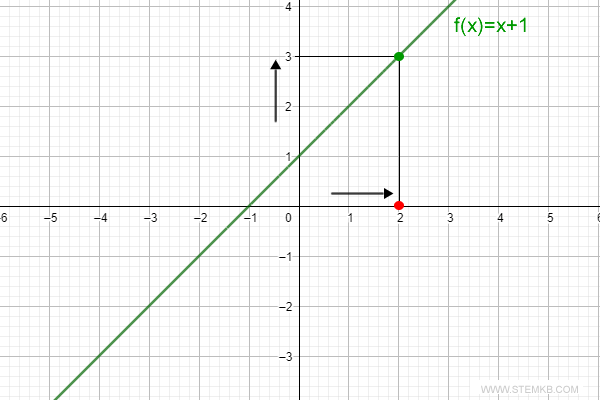
Well, whether you're approaching x0=2 from the right or the left, you'll find that the function f(x) is cozying up to three – in mathematical terms, we say f(x)→3.
What this means is that as the function f(x) nudges closer to the same value (l=3) from both sides, we can confidently say that the limit of the function as x approaches x0=2 is 3.
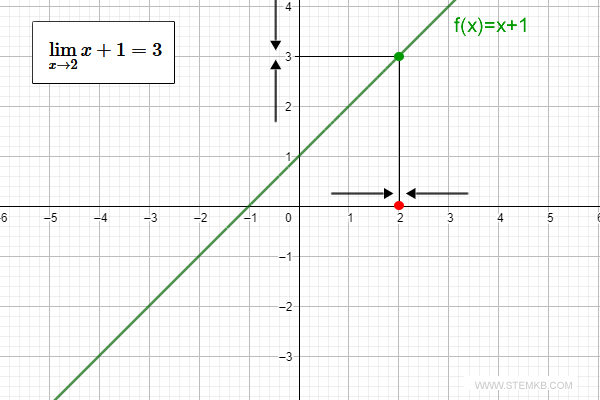
Keep in mind, this is a simplified example to demystify the concept of a limit. It's worth noting that a function's limit may not always exist at certain points.
Example 2
Take the function f(x)=1/x and compute the limit as x edges toward x0=0.
If you approach x0=0 from the right, the function f(x) tends to positive infinity (+∞).
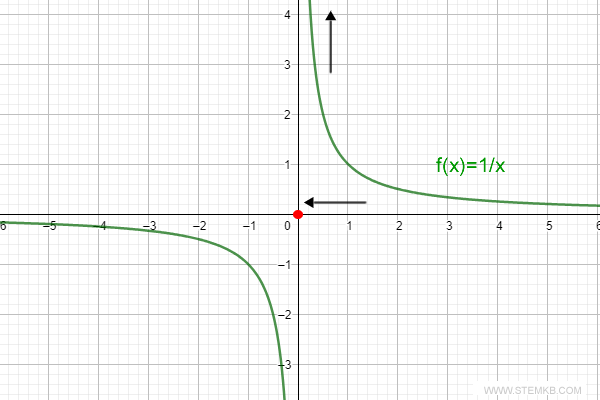
If you approach x0=0 from the left, the function tends to negative infinity (-∞).
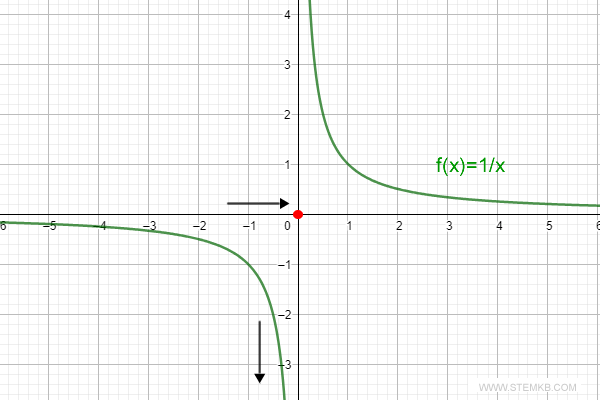
In this case, the function approaches two different values.
From the right, f(x) skyrockets to positive infinity (+∞), but from the left, it plummets to negative infinity (-∞).
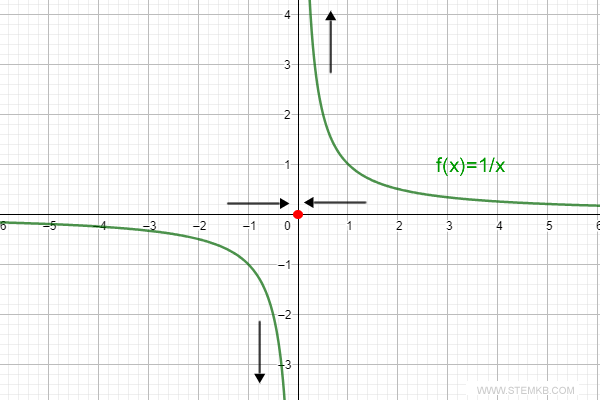
What this illustrates is that the function is veering towards two wildly different values as x approaches zero, and therefore, we say the limit of the function as x approaches zero simply does not exist.
Example 3
A limit isn't always bound to be a finite number.
Let's take a look at the function f(x)=1/x2.
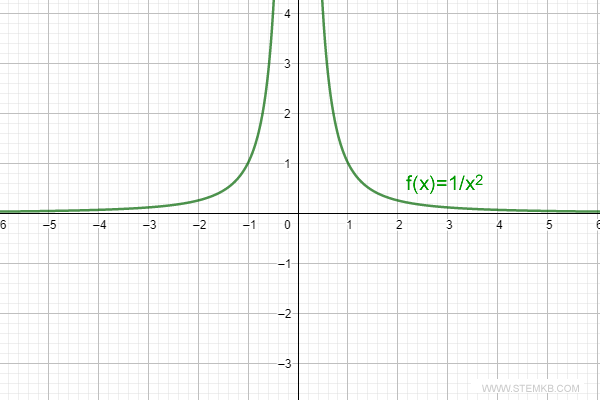
Then, calculate the limit of the function as x approaches zero (x0=0).
If you approach x0=0 from the right, the function f(x) tends to positive infinity (+∞).
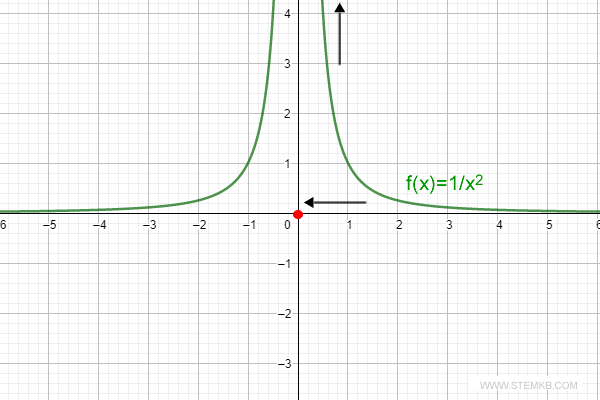
If you approach x0=0 from the left, the function f(x) also tends to positive infinity.
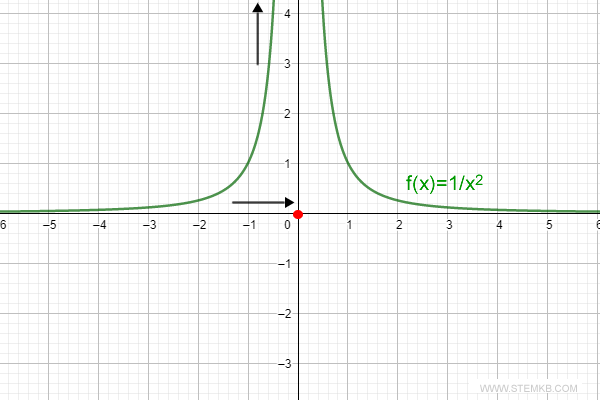
In this case, as x tiptoes towards zero from either direction, f(x) soars to positive infinity (+∞).
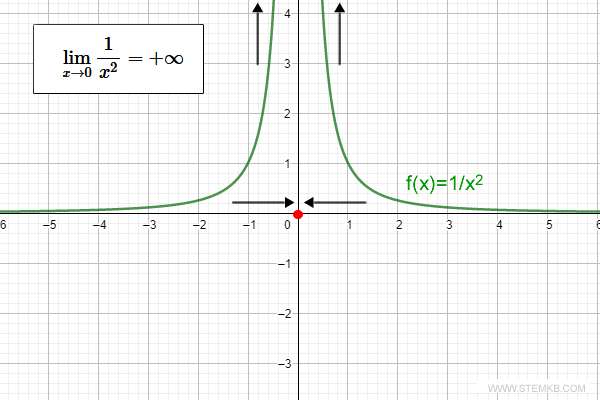
So, in this case, regardless of the direction you're coming from, the function is heading towards positive infinity.
Therefore, we can conclude that the limit of the function as x approaches zero is positive infinity.
Now, you might be wondering, what if x0 isn't a finite number? Well, it's absolutely possible to calculate the limit as x approaches infinity, too.
Example 4
Back to our function f(x)=1/x2.
This time, let's compute the limit as x approaches positive infinity.
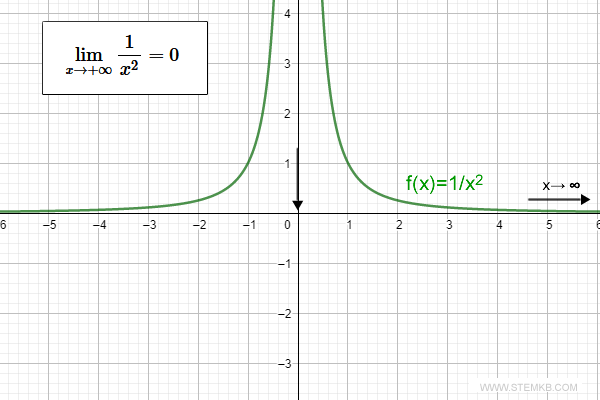
As you get closer and closer to x0=+∞ from the left, the function f(x) eases towards zero.
Since positive infinity (+∞) is not a number but a symbol, you can only approach it from one direction – the left.
Therefore, we can safely conclude that the limit of the function f(x) as x approaches +∞ is indeed zero.
Remember, it's also possible to compute the limit as x approaches negative infinity. While in this case the limit also happens to be zero, this is by no means a rule. It might just as well not exist or be an entirely different value.
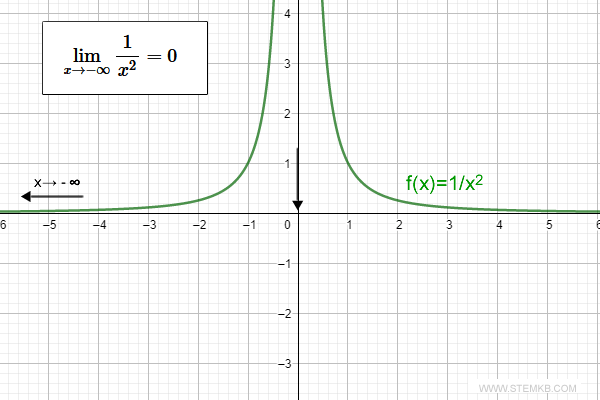
By now, you should have a solid grasp on what function limits are and why they're important.
With this hands-on overview under your belt, you're ready to dive deeper into the formal definition of a limit and understand it even more profoundly.

